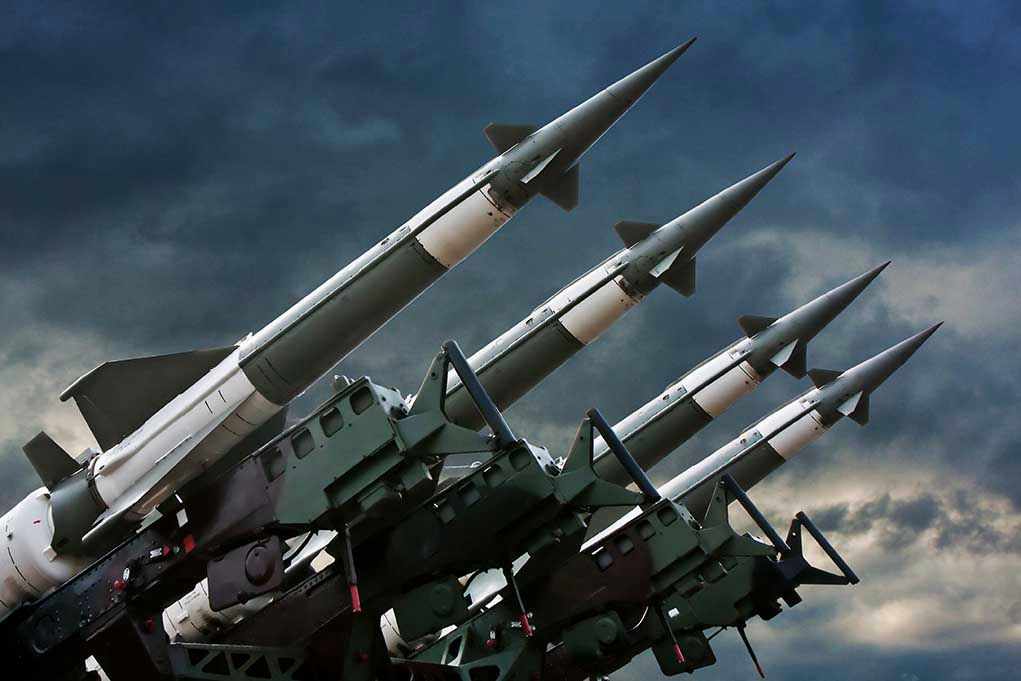
The United States has approved a staggering $322 million arms sale to Ukraine, a move that speaks volumes about the current state of U.S.-Ukraine defense relations and leaves many Americans questioning the priorities of their government.
At a Glance
- The U.S. has approved a significant arms sale to Ukraine, including HAWK air defense systems and Bradley fighting vehicles.
- President Trump reaffirmed his support for Ukraine amidst internal debates and a brief pause in weapons shipments.
- European NATO allies are increasingly involved in funding and distributing U.S. military equipment to Ukraine.
- This decision highlights ongoing geopolitical tensions and the U.S. commitment to supporting Ukraine against Russian aggression.
Major Arms Sale Approved
The United States, on July 23, 2025, approved a $322 million arms sale to Ukraine, comprising sophisticated HAWK air defense systems and Bradley Infantry Fighting Vehicles. This decision comes as Ukraine faces relentless missile and drone attacks from Russia. Despite internal debates and a temporary pause in shipments, President Trump has reiterated the U.S. commitment to arming Ukraine, stating the need for Ukraine to defend itself against intensifying threats.
The approval of these arms sales highlights the enduring U.S.-Ukraine defense relationship, a cornerstone in the fight against Russian aggression. The move follows a strategic pause by the Pentagon, which reassessed stockpiles before resuming support. President Trump’s endorsement underscores a continued commitment, albeit amid debates within the administration and Congress about the extent of U.S. involvement.
European Allies’ Role
European NATO allies have been urged to take a more active role in supporting Ukraine. They are now stepping up to purchase and distribute U.S. military equipment, including up to 17 Patriot air defense systems. This shift in burden-sharing reflects a pragmatic approach to regional security and alliance solidarity. However, it also raises questions about the sustainability of European stockpiles and their own defense capabilities.
This development signifies a pivotal moment in the U.S.-European partnership, as the Trump administration seeks to balance domestic political pressures with international commitments. The encouragement of European allies to share the burden not only alleviates some pressure from U.S. resources but also strengthens NATO’s collective defense posture.
Impact and Implications
The immediate impact of this arms sale is a significant enhancement of Ukraine’s defense capabilities. The HAWK and Bradley systems, though not the most advanced, are reliable and quickly integratable into Ukraine’s existing military structure. This boost is expected to mitigate the effectiveness of Russian attacks and bolster Ukrainian morale.
However, the long-term implications are more complex. While continued support from the West is crucial for Ukraine’s resistance, it may exacerbate U.S.-Russia tensions. This move could also influence NATO’s future defense strategies and policies regarding collective support for Ukraine. The economic benefits for U.S. defense contractors are clear, but political debates about the sustainability and strategic wisdom of such aid will likely intensify.
Expert Perspectives
Defense analysts observe that the HAWK and Bradley systems, while not cutting-edge, are proven and can be rapidly deployed by Ukraine. Experts commend the U.S. strategy of leveraging European allies for funding and logistics, viewing it as a necessary response to domestic constraints.
Security scholars stress that ongoing Western support is vital for Ukraine’s negotiating position and survival. However, critics, especially isolationists in the U.S., argue about the wisdom and sustainability of continued military aid. The internal political divisions within the U.S. could affect future aid packages and their implementation.












